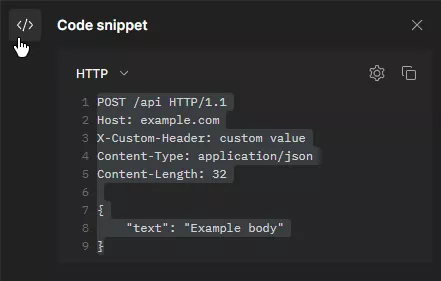https://github.com/coalaura/moni.gg
Golang monitoring service
https://github.com/coalaura/moni.gg
Last synced: 2 months ago
JSON representation
Golang monitoring service
- Host: GitHub
- URL: https://github.com/coalaura/moni.gg
- Owner: coalaura
- Created: 2023-10-23T10:00:01.000Z (over 1 year ago)
- Default Branch: master
- Last Pushed: 2024-09-05T16:26:54.000Z (9 months ago)
- Last Synced: 2025-02-01T22:46:54.994Z (4 months ago)
- Language: HTML
- Size: 1.85 MB
- Stars: 0
- Watchers: 1
- Forks: 0
- Open Issues: 0
-
Metadata Files:
- Readme: README.md
- Changelog: history.go
Awesome Lists containing this project
README

moni.gg is a status monitor written in golang.
## Usage
The status monitor gets executed every x minutes via cron. All monitoring targets have their own file inside the `config/` folder (gets created upon initial execution). It currently supports only http(s) and mysql/mariadb monitoring.
[Example Statuspage](https://status.opfw.net/)
### http(s)
The config files for http(s) targets are standard `.http` files that you can export from postman.

### mysql/mariadb
The config files for mysql/mariadb targets have the `.mysql` extension. The first line of the file contains connection information like so:
```
Hostname=localhost;Username=root;Password=password1234;Database=my-db;Port=3306
```
The second line is optional and contains the query that should be executed to test database connectivity. This query should always return 1 or more rows. If the query returns 0 rows, the target is considered down. It defaults to a simple `SELECT 1`.
## Configuration
Configuration of the monitor is done via the `.env` file.
```env
# URL of your status page (used for email notifications)
STATUS_PAGE=https://status.example.com
# Optional: Email target (when a target goes down/up)
[email protected]
# Optional: SMTP configuration for sending emails
SMTP_HOST=
SMTP_USER=
SMTP_PASSWORD=
# Path to your favicon
TEMPLATE_FAVICON=
# Path to your banner
TEMPLATE_BANNER=
# URL of the status page
TEMPLATE_URL=
# Title of the status page
TEMPLATE_TITLE=
# Description of the status page
TEMPLATE_DESCRIPTION=
```
After you've configured the `.env` file, you have to copy the `public/` directory to your webserver. The `public/` directory contains the status page that is shown to your users. It has to be in the same directory as the `config/` directory and the executable.
Once you've finished setting up the monitor, you can add it to your crontab. This example executes the monitor every 5 minutes.
```cron
*/5 * * * * /path/to/monitor
```
## API
The monitor offers a JSON api that can be used to retrieve an overview of all targets and their current status. The api is available at `/summary.json`. If you call the api from another domain, you'll have to set the `Access-Control-Allow-Origin` header. I'd also recommend disabling browser caching to avoid stale data.
**Nginx example:**
```nginx
location /summary.json {
# Disable caching
expires -1;
# Allow cross-origin requests
add_header Access-Control-Allow-Origin *;
}
```